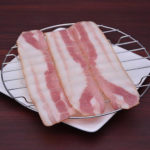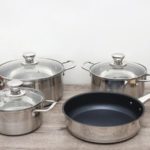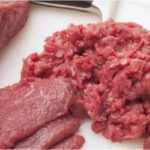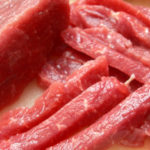Pork
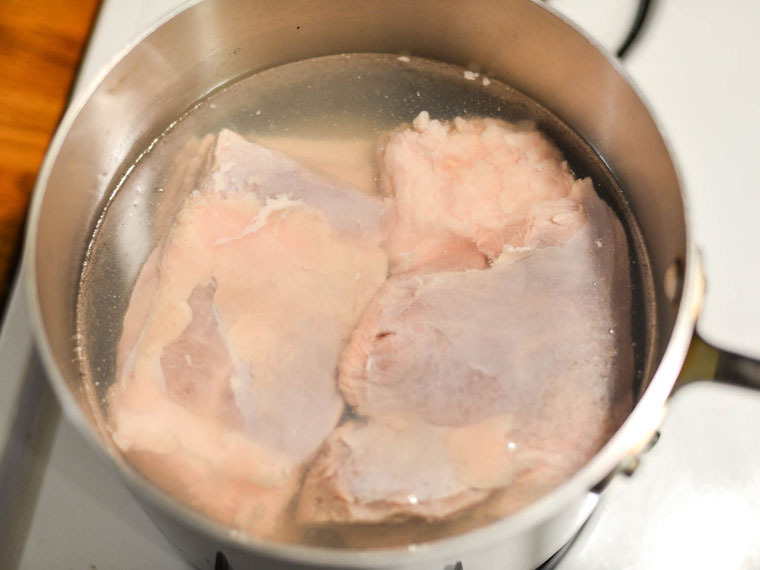
For tender and juicy pork, fill a pot with just enough water to cover the meat. Simmer for 20-30 minutes, and use a pair of chopsticks to pierce the meat – if pink juices run clear, it’s done. Overcooking will dry out the meat, so keep an eye on it!
Eel
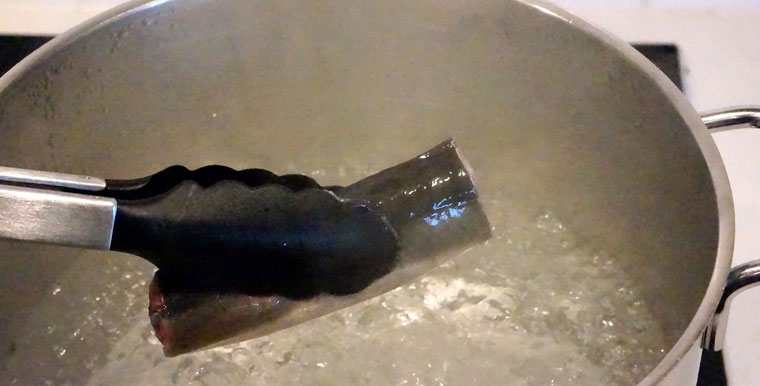
After cleaning and rinsing the eel, boil it in a pot of water with a pinch of salt or seasoning for about 30 minutes on low heat. Use chopsticks or tongs to test if the meat is tender enough for your liking.
Chicken
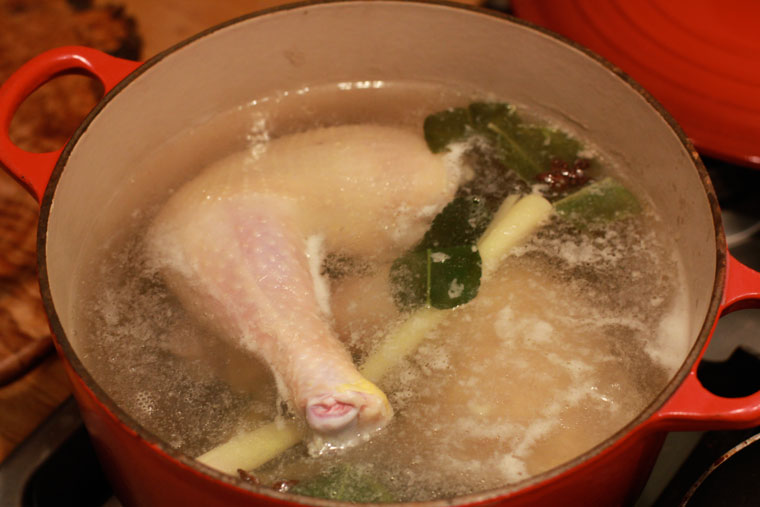
For perfectly cooked chicken, cover the meat with water and bring it to a boil. Reduce the heat and simmer for 45-60 minutes. Add a bouillon cube to the water for extra flavor – adjust the amount depending on how much chicken and water you’re using.
Duck and Goose
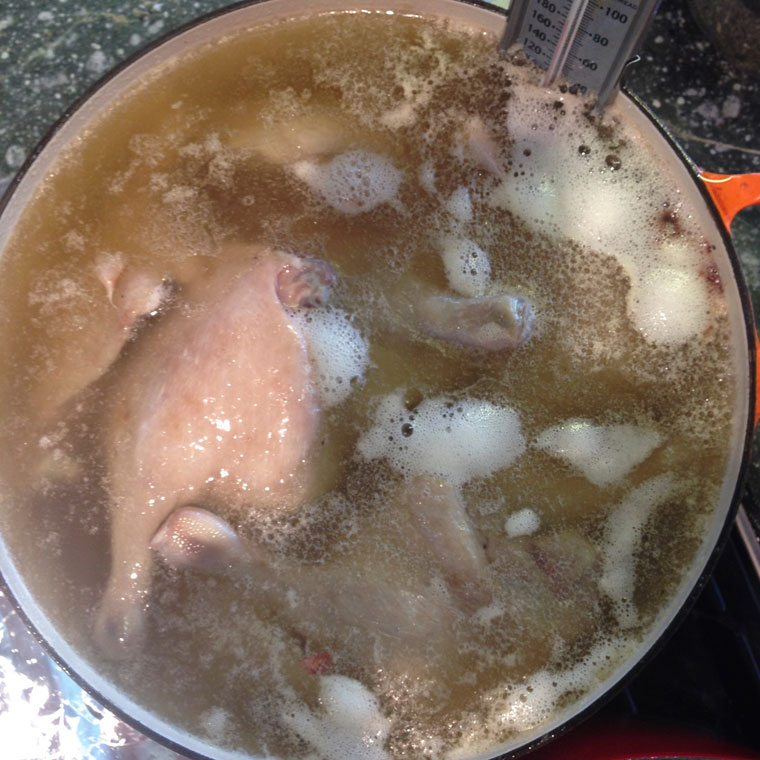
Clean, rinse, and then boil the duck or goose for 30 minutes on high heat. Reduce the heat and continue boiling for another hour until the meat is fully cooked. Add ginger or galangal, and a pinch of seasoning to eliminate any unpleasant odors and enhance the flavor.
Beef
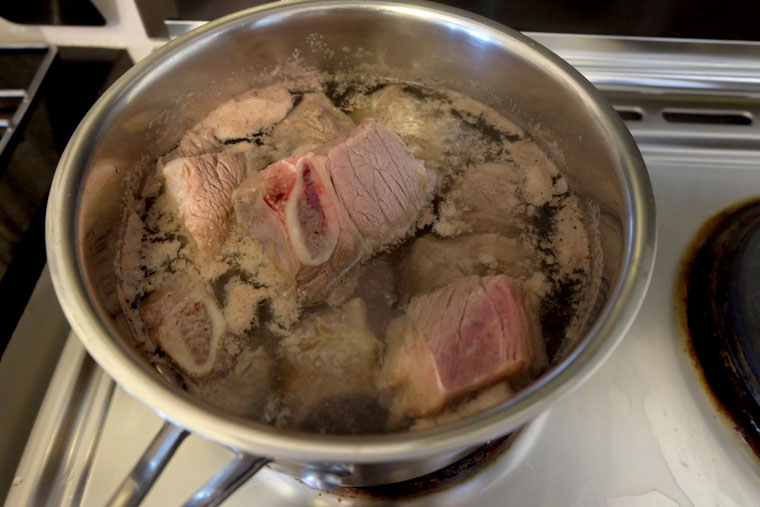
Beef cooks quickly, so be careful not to overdo it. Bring a pot of water to a boil and add the beef, cooking for about 20 minutes. Any longer, and the meat will become tough and lose its delicious flavor.
Seafood
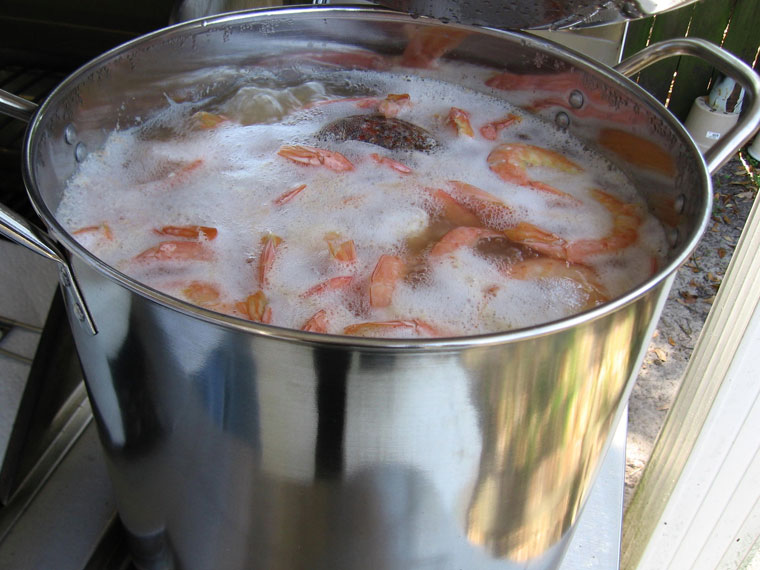
– Squid: Adding squid to boiling water will reduce the temperature. Wait for the water to boil again, and the squid will be cooked.
– Shrimp and Crab: For larger shrimp and crab, boil for about 7 minutes. Smaller shrimp will only need 4 minutes.
– Clams and Snails: These only need about 3 minutes in boiling water. Add lemongrass, pandan leaves, or avocado leaves for extra fragrance.
We hope these cooking times help you create delicious, evenly cooked, and mouthwatering dishes!
Expert Advice on How to Identify Unsafe Food
Are you aware of how to inspect food for possible safety risks? With the presence of food products from unclear origins and chemicals used as preservatives, it is important to be vigilant in selecting food items for our families. Join us in the Food Tips section to take a closer look at how to select safe and healthy food for our families!


























